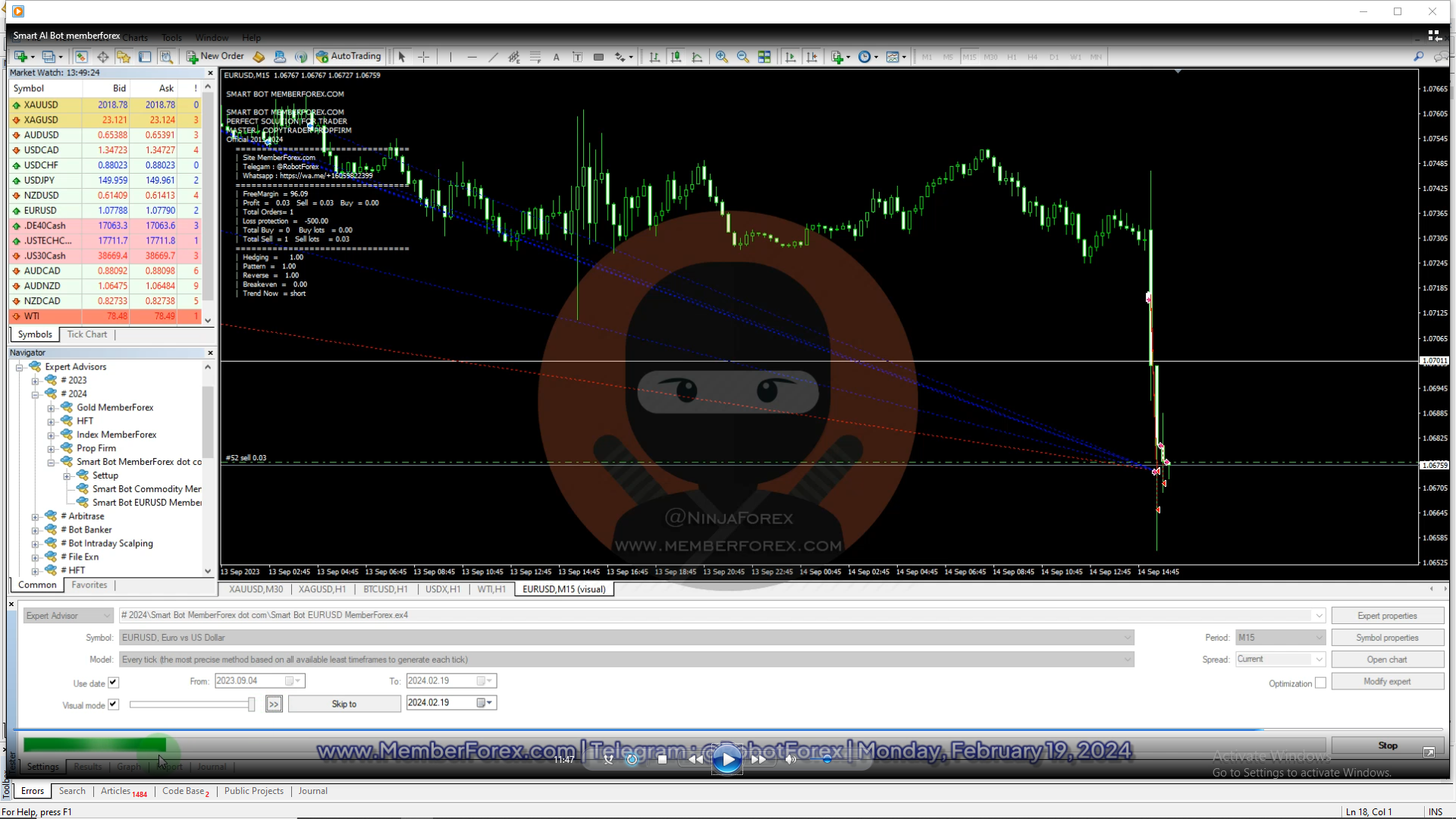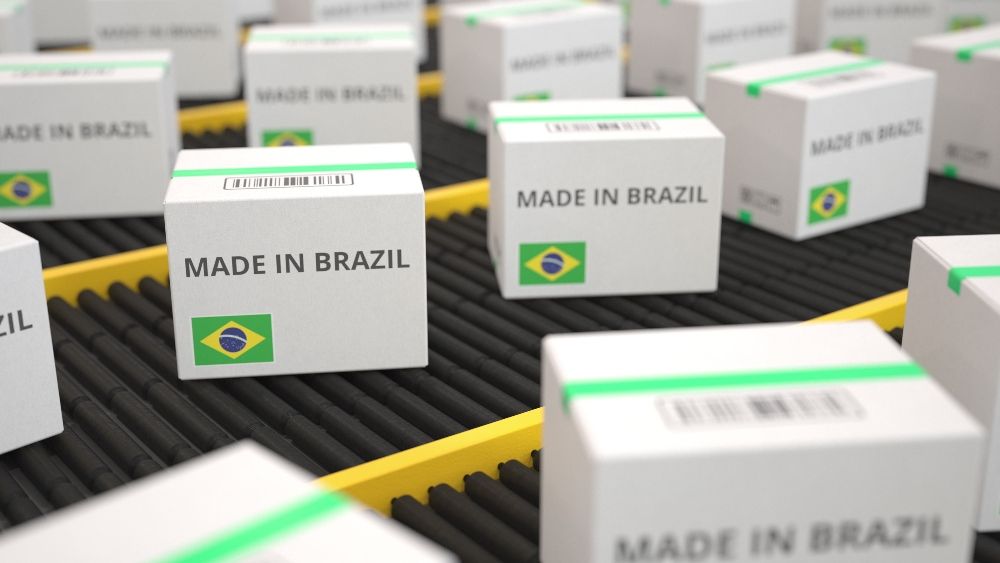What Is Automatic Execution?
Automatic execution is a method for placing and executing trades without the need for manual input. Automated systems and trading algorithms allow traders to take advantage of signals to buy or sell an asset whenever that signal is identified, without the need for human interaction.
Automatic orders can be created based on a wide variety of technical indicators using several commercially available trading systems.
Key Takeaways
- Automatic execution refers to orders that do not need to be manually inputted; the order is created and executed by an automated trading program.
- Automatic executions occur without confirmation from the trader, although the trader is often still in control of the program executing the trades.
- Automatic executions can be created based on a wide array of strategies, combining both fundamental and technical criteria.
Understanding Automatic Execution
Automatic execution has become commonplace as trading systems continue to grow more sophisticated and complex in conjunction with advances in software technology and IT infrastructure. Automatic execution permits trades to be placed and filled even when the trader who is running the automated trading program isn’t present. If a trade signal occurs, an order will be deployed and automatically executed if there is liquidity available at the order price.
Automated trading strategies are often used by professional traders such as high-frequency trading (HFT) and market makers, but is increasingly available to some retail traders. In the foreign exchange (forex) markets, most retail traders already have full access to some automated trading strategies and programs. Because the forex market trades 24 hours a day, five days a week, these automated algorithms may help ensure a trader does not miss out on profitable opportunities. The triggering of specific signals from a variety of technical indicators, such as those based on price, volume, and other criteria can help the trader to capitalize on opportunities even when they are not sitting in front of their trading terminal.
Automatic execution allows for orders to be filled automatically once placed, without additional confirmation from the trader running the automated trading software. This makes order placements must quicker, which may aid in getting better prices when prices are moving quickly; a manual order may take a few seconds or more to enter, while an automated order is deployed in milliseconds. Similarly, automatic execution greatly cuts down on user input errors, clerical mistakes, and so-called “fat fingers”.
Setting Up Automatic Trading
Automated systems allow for a wide variety of strategies and techniques. Most traders use a combination of several indicators, as well as other forms of technical and/or fundamental analysis. Various chart patterns, price and volume, and other indicators or patterns can be set up and deployed to trigger the opening and closing of positions.
Traders must be careful when using these systems. Technical indicators may not be valid if fundamental conditions suddenly change. When events happen which may warrant avoiding trading in a specific market, automated orders will still be processed without human intervention,
A few of the possible automatic execution settings include:
- Limit order is an order a buy or sell transaction at a specified limit price or better.
- Stop loss order is designed to limit an investor’s loss on a position in a security and can work with short and long positions or holdings.
- Fibonacci ratios include retracements, arcs, and fans which traders may use to look for confirmation of other technical analysis.
- Stochastic oscillators are momentum indicators which compare the closing price to the range of prices over a period.
Automatic Execution Criteria
Automating a strategy can be hard work. Not only does automated trading require a sound strategy, that strategy must also be convertible into software code as rules that a computer can understand without error. Such rules do not lend themselves to qualitative analysis or subjectivity, and indeed many trading strategies are at least in-part subjective. Automated trades are only allowed using objective criteria. Unless those conditions are explicitly defined in the programming code, the strategy will not trade in the way intended.
Things to consider when setting up automated executions include:
- Risk caps. These may include stop loss orders on all trades. For example, a stop loss could be placed a fixed dollar or pip amount away from the entry point, or a certain percentage away.
- Entry criteria. Define exactly what conditions need to be present in order to initiate a long trade or short trade. A simple example could be a when a short-term moving average (MA) crosses above a longer-term MA.
- Profit taking. A stop loss controls downside risk, but profits must also be taken. Define how a trade will be exited if the stop loss is not reached. This could be a fixed dollar or pip amount, a percentage, or a defined reward:risk based on the risk. For example, if the risk of the trade is 5%, take profit at 15% (3:1 reward:risk).
- Constraints on conditions. Define when the program will trade and when it won’t. For example, can a stock strategy trade in the pre- or post-market, or only during regular hours? Can it place trades right before major news events? Decide, and then define the constraints.
Among these basic considerations are infinite possibilities as to how they are actually programmed. This affords great flexibility when it comes to automated trading; but at the same time, the more complex a system becomes the harder it is to find out what part of it isn’t working when things go wrong.
Disruption from Automatic Execution
While automated execution can help traders profit when quick orders are required or the trader isn’t able to monitor the market, automation may also be disruptive in some cases. Because automated trades can execute so rapidly, markets can be subject to severe disruptions and anomalies.
For example, on May 6, 2010, the Dow Jones Industrial Average (DJIA) declined approximately 9 percent in just ten minutes. Yet, the market erased a large part of that decline before it closed. This disruption became known as the 2010 Flash Crash and is believed to have been caused, to a great extent, by automatic trading programs which began to sell as other programs sold, creating a domino effect.



.png)


